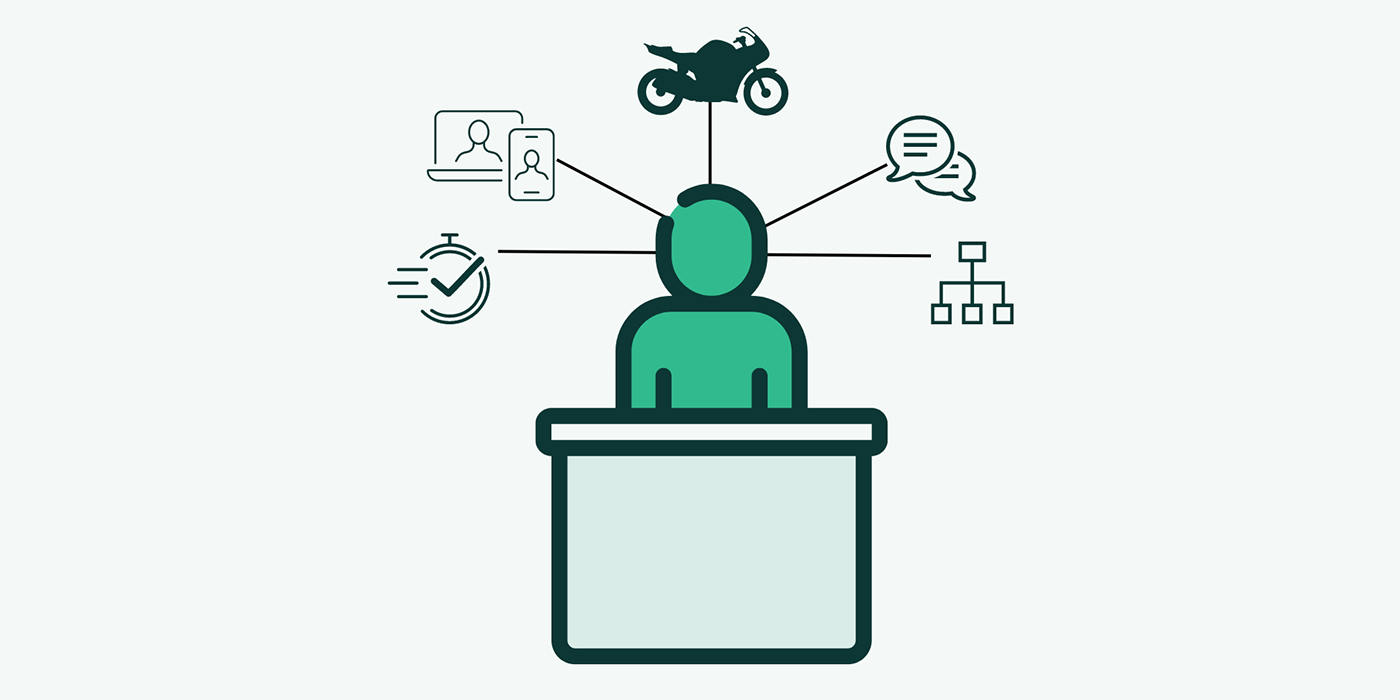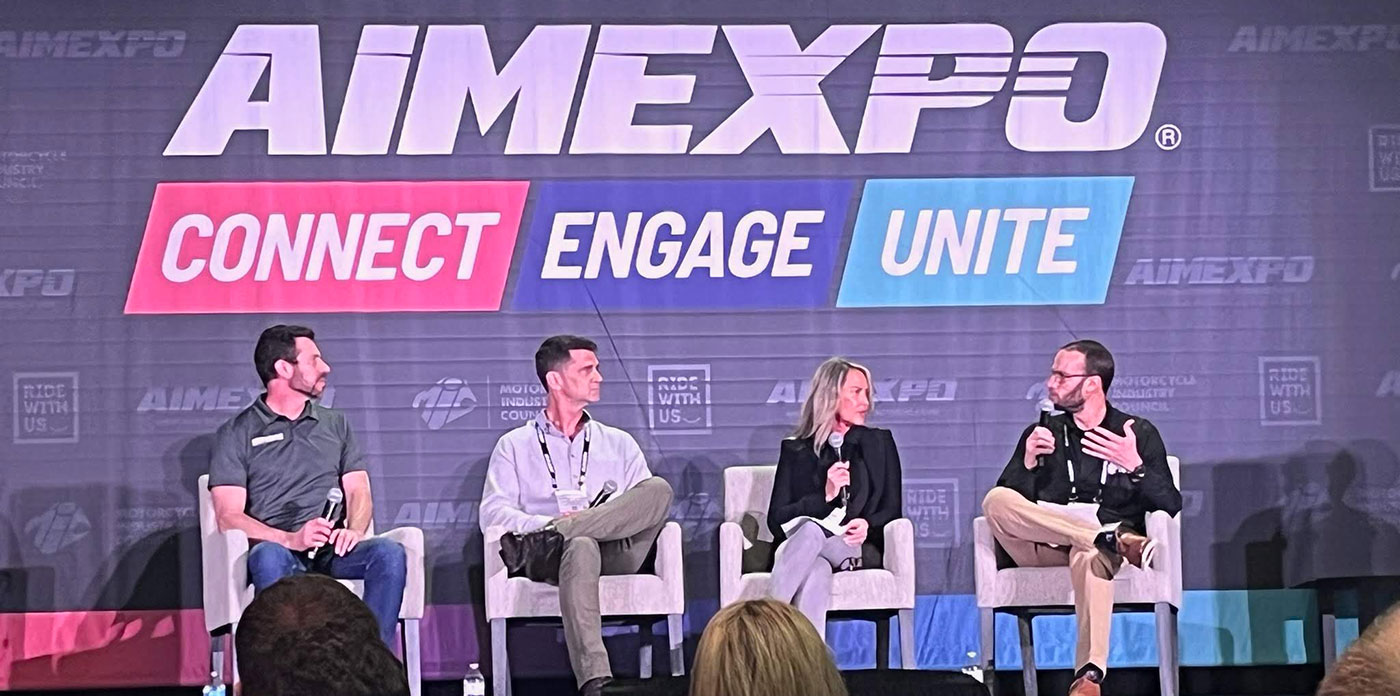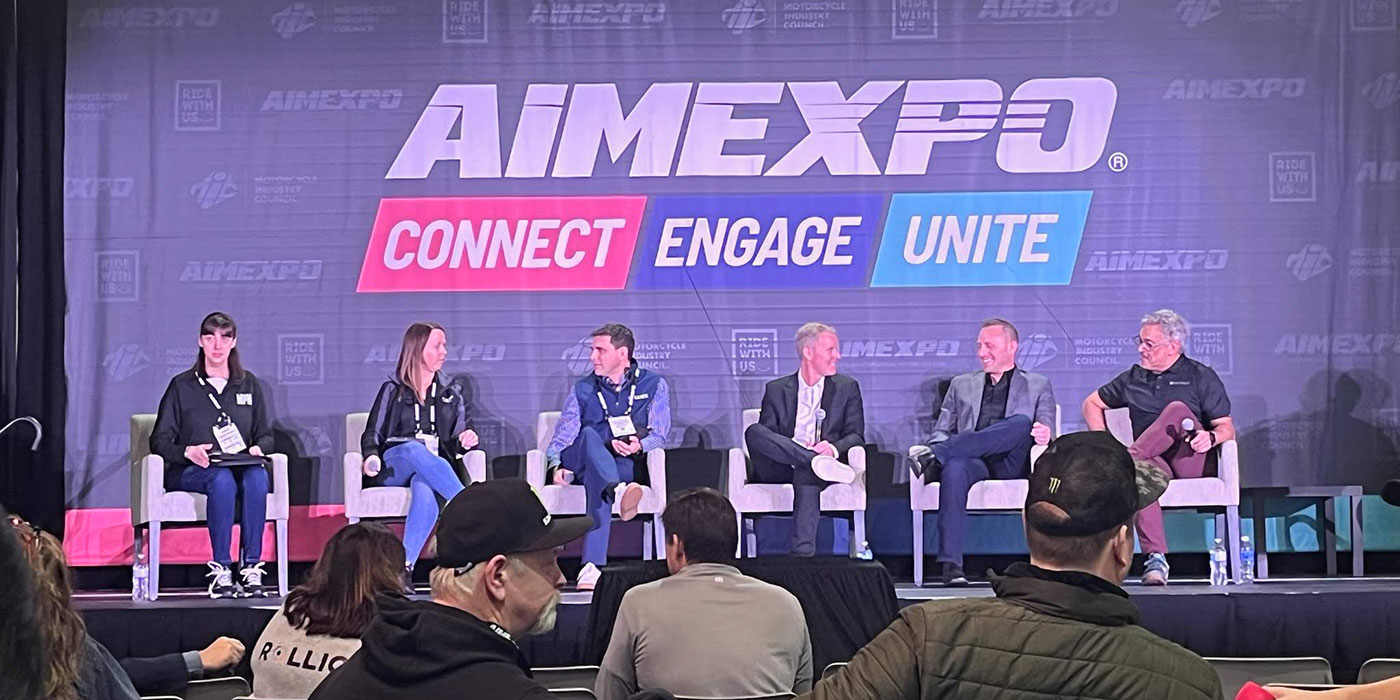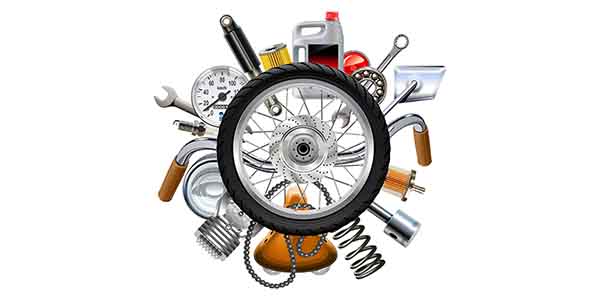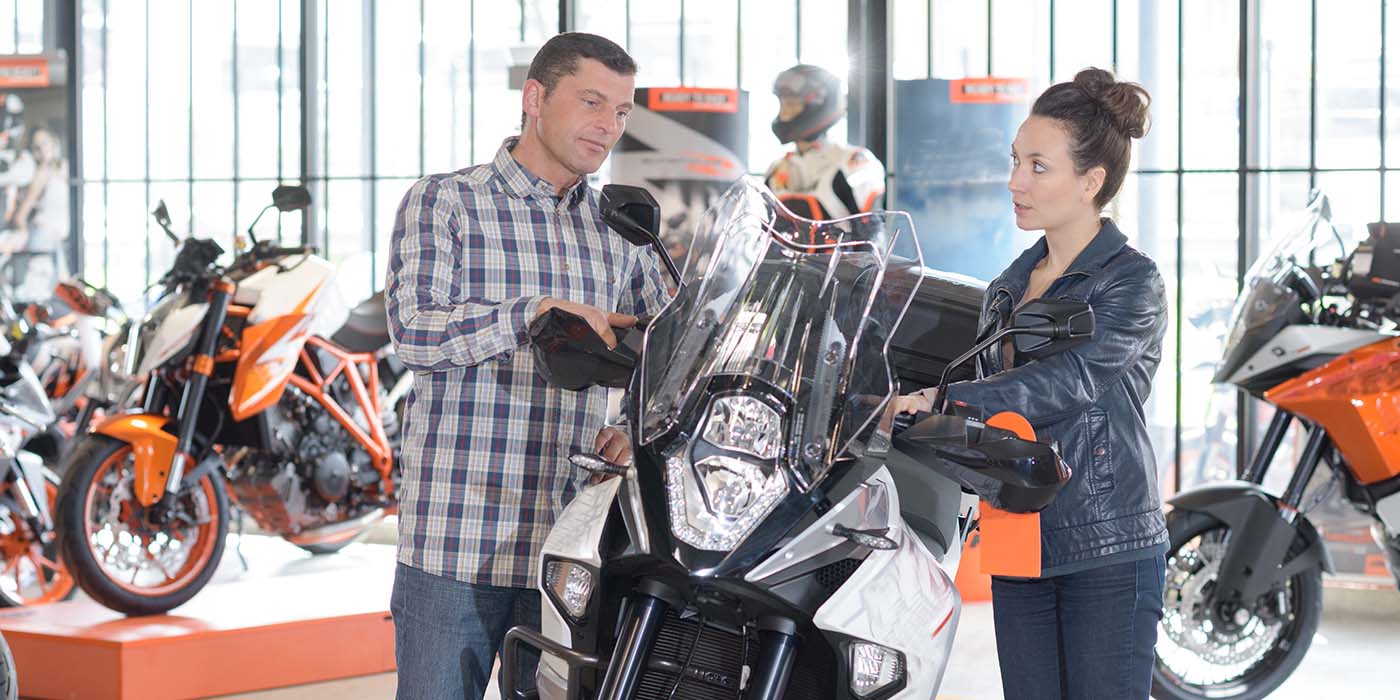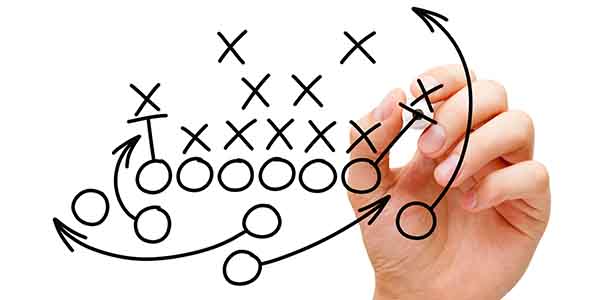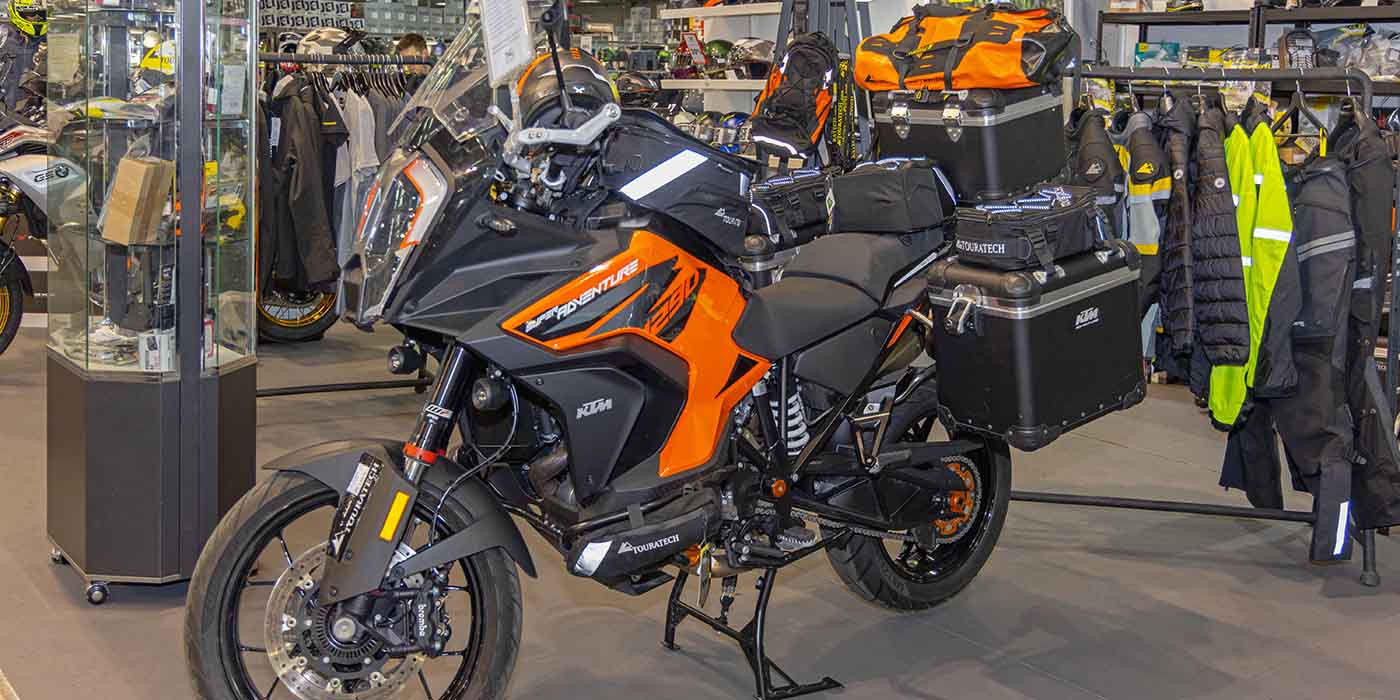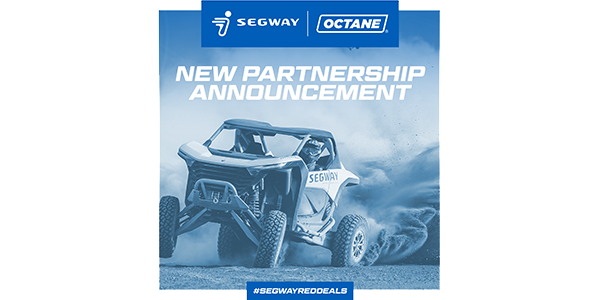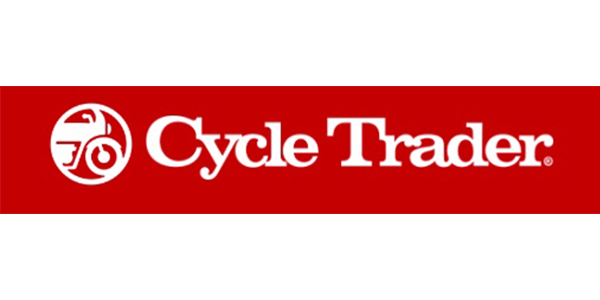In the last couple of articles, we discussed some traits of the S-style (steady) personality, which represents 69 percent of the population — the vast majority of your customers — and how the structure in the F&I process can maximize profitability with the S-style. In this article, we’ll spend some time discussing how to effectively and profitably deal with the other personality types.
Before we get started, let’s get one thing straight. We don’t change our core processes and procedures, which are the foundation of our sales process. We just adapt our responses and demeanor to the personality in front of us to facilitate effective communication with that personality type.
Once again, this makes the greet and probe phases of our sales process the most important. During this customer interview, we get our chance to determine which personality type we’re dealing with.
Remember from our previous articles that most customers initially present themselves as a D-style (dominant/driver), which in reality only make up 3 percent of the population. With a little conversation and time to evaluate the customer, we can bring out the individual’s real personality type. I-style (influencing/inspiring) and S-style show people-oriented traits, and these customers tend to be more participative in the conversations. D-style and C-style (correct/compliant) are task-oriented individuals who tend to be more direct and rigid.
The primary I-style is very verbal and persuasive with other people. When your customer is a primary I-style, give them the opportunity to talk and be accepting of them and their ideas. They want some explanations, but don’t drown them in the details. It is not advisable for you to do all the talking and to be too demanding.
The primary D-style is aggressive, intense and direct. When communicating with the primary D-style, remember to be brief and to the point — they like to get to the bottom line. Do not ramble and make generalizations. They like to be in charge, so let them believe they are.
The primary C-style is compliant to rules set by others. The primary C-style is expecting accurate information and facts. They like to know exactly what is expected of them. The primary C-style wants you to be patient and thorough in your explanations and to give them the pros and cons of a situation. They don’t want any surprises.
Once again, there are two truths that make the science of behavior important to our business:
1. People like people like themselves.
2. People buy from people they like.
Considering these truths, our challenge is to change our behavior to fit the requirements of the person sitting across the desk from us, even if we are nothing alike. That’s not an easy thing to do. You have to learn to be a chameleon if you want to be a top performer in this position. You can develop a work persona that’s totally different from the real you. A salesperson and an actor aren’t too far apart from one another.
And again, the practical application of these principles starts with a good customer interview at the onset of the process. It is where you get to read the customer and gather information to use to sell them something later.
The takeaway from this series should be that people knowledge trumps product knowledge any day of the week. Give your sales and F&I staff an education in relationships if you want to significantly grow your business.

